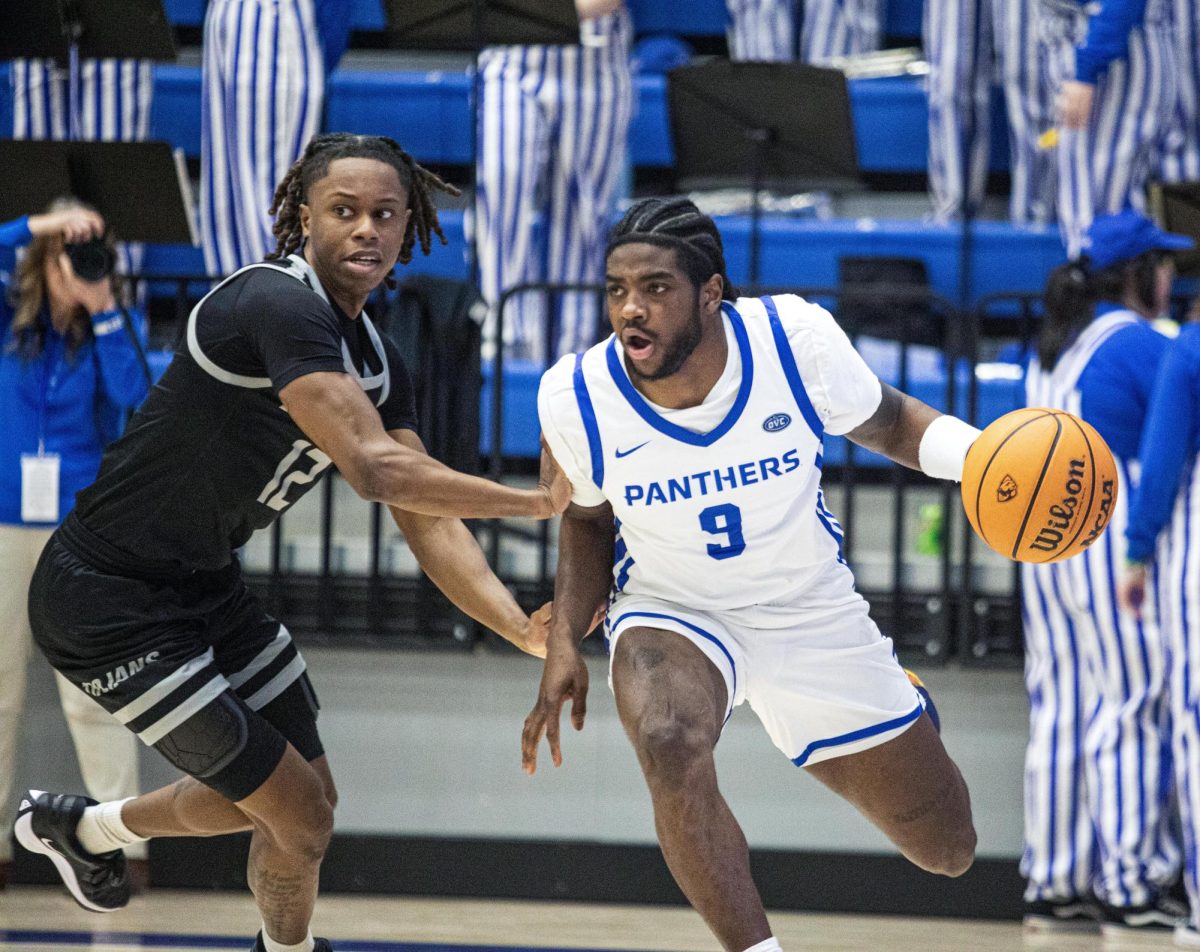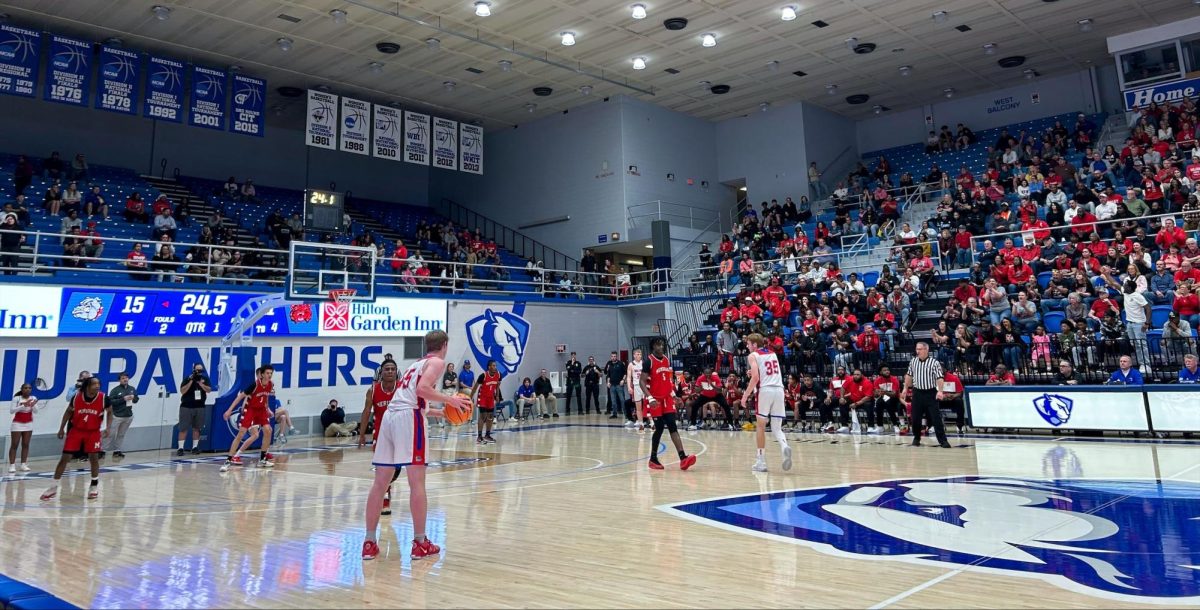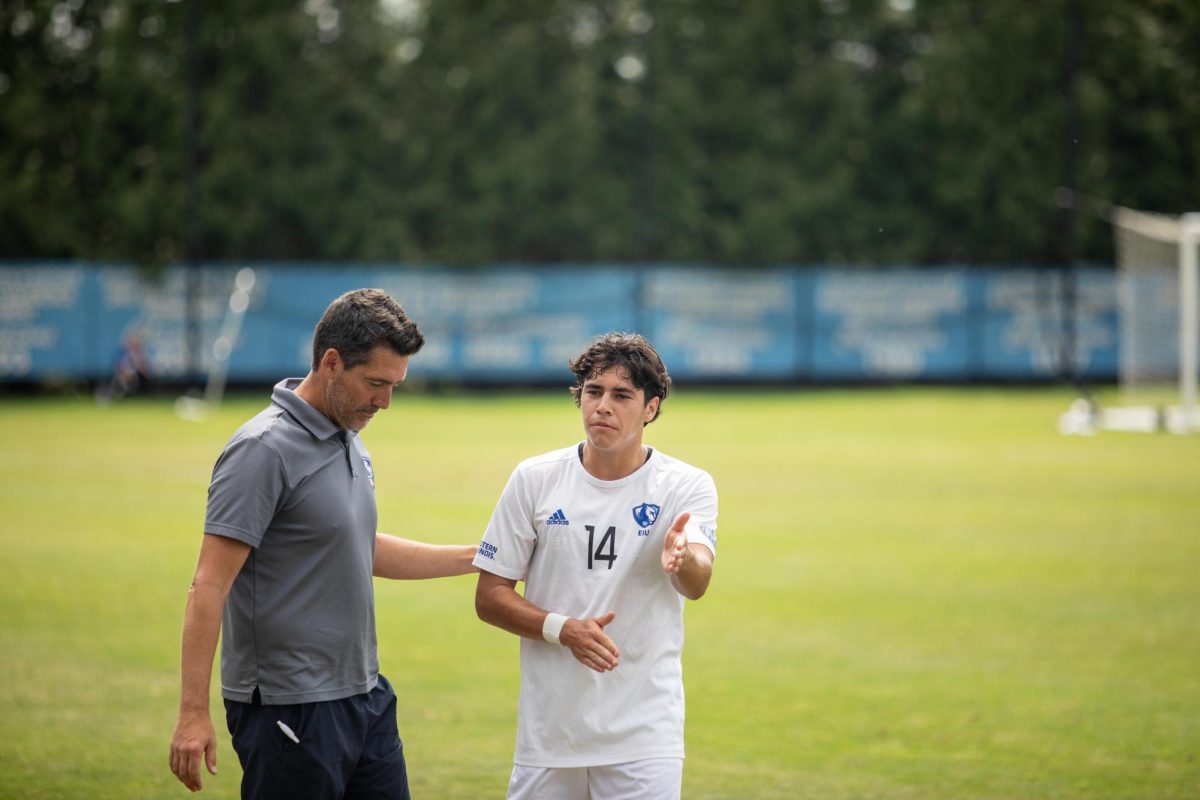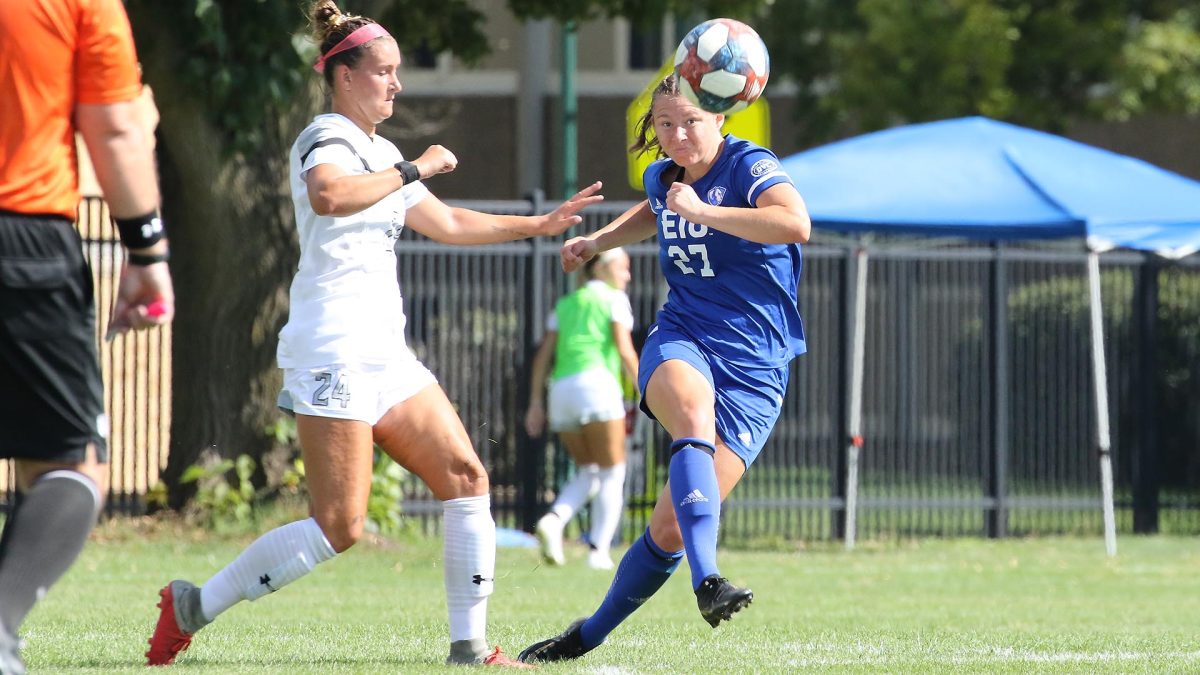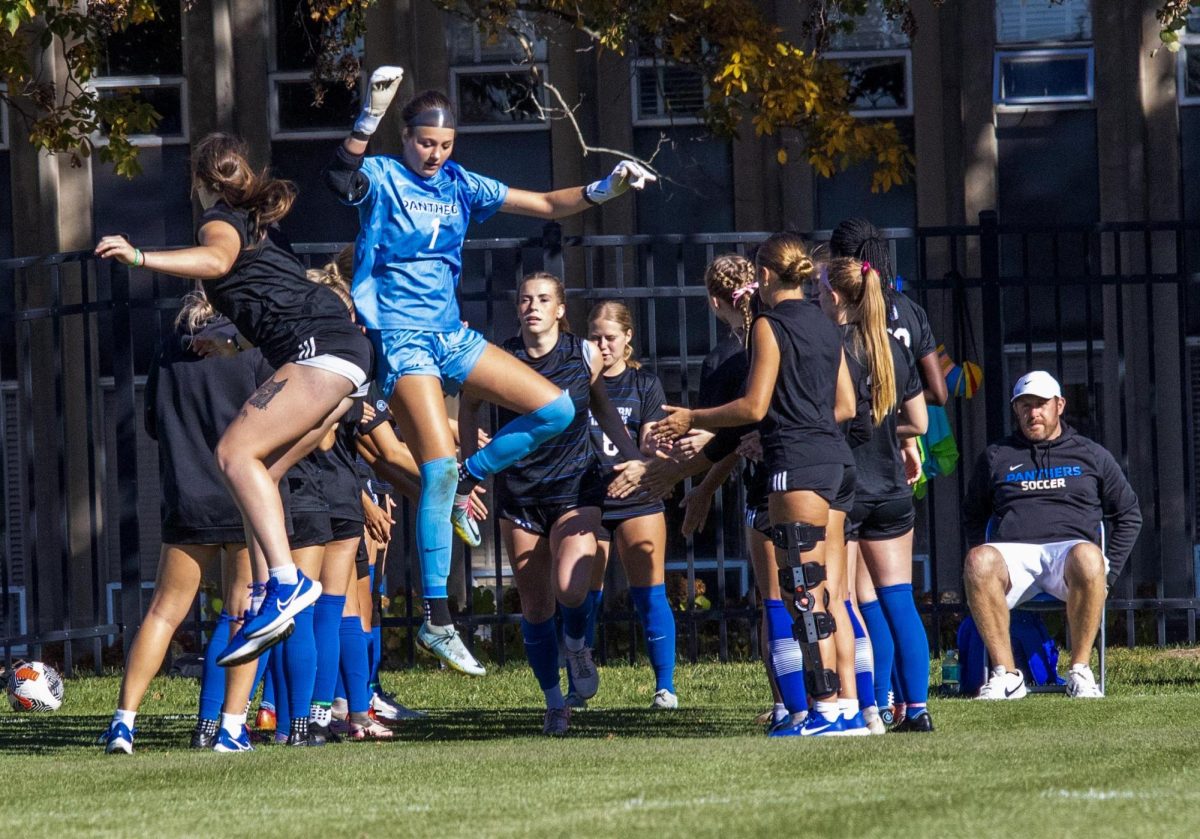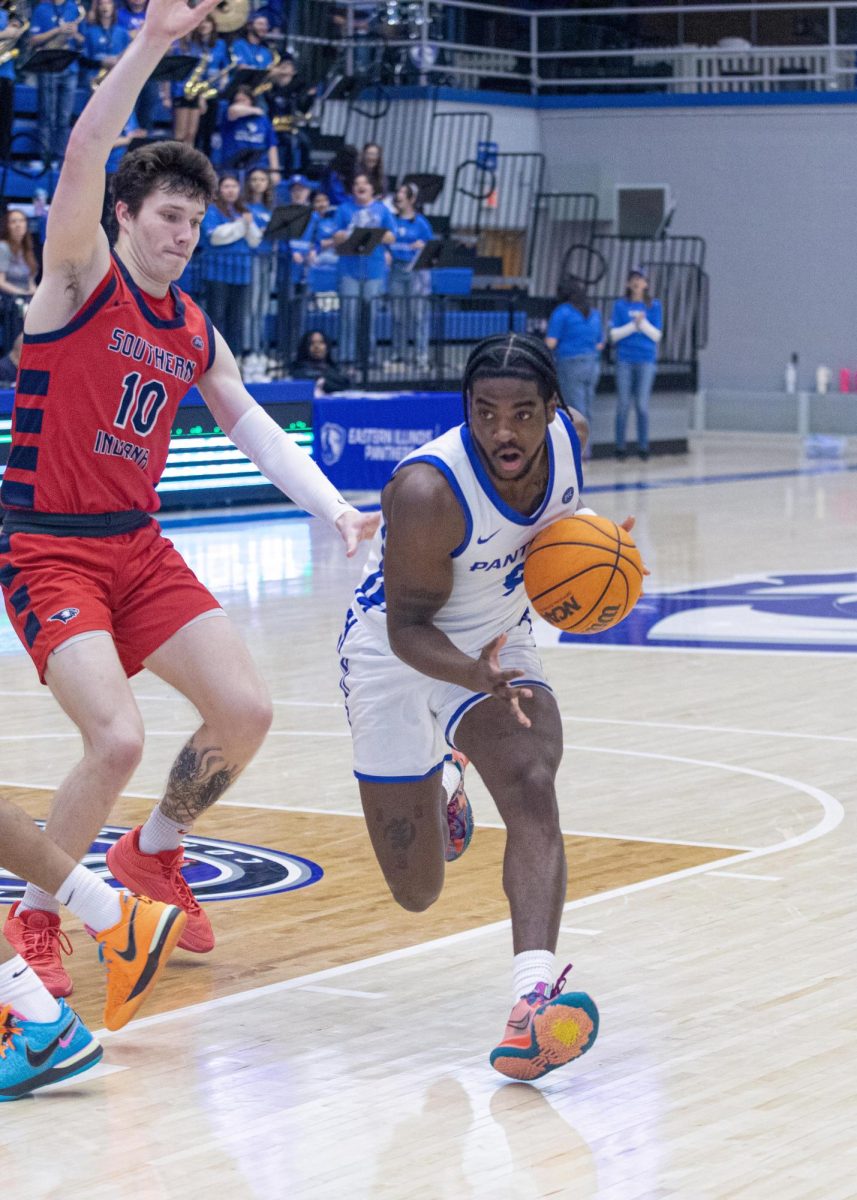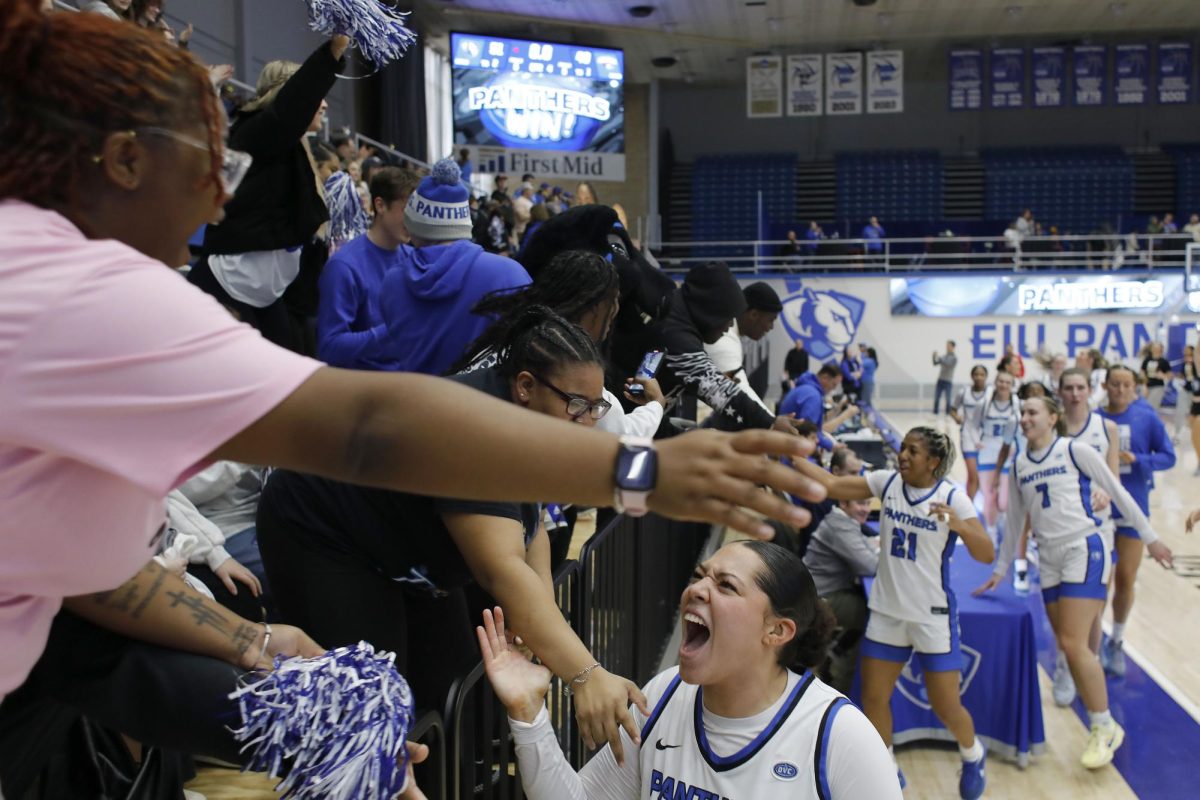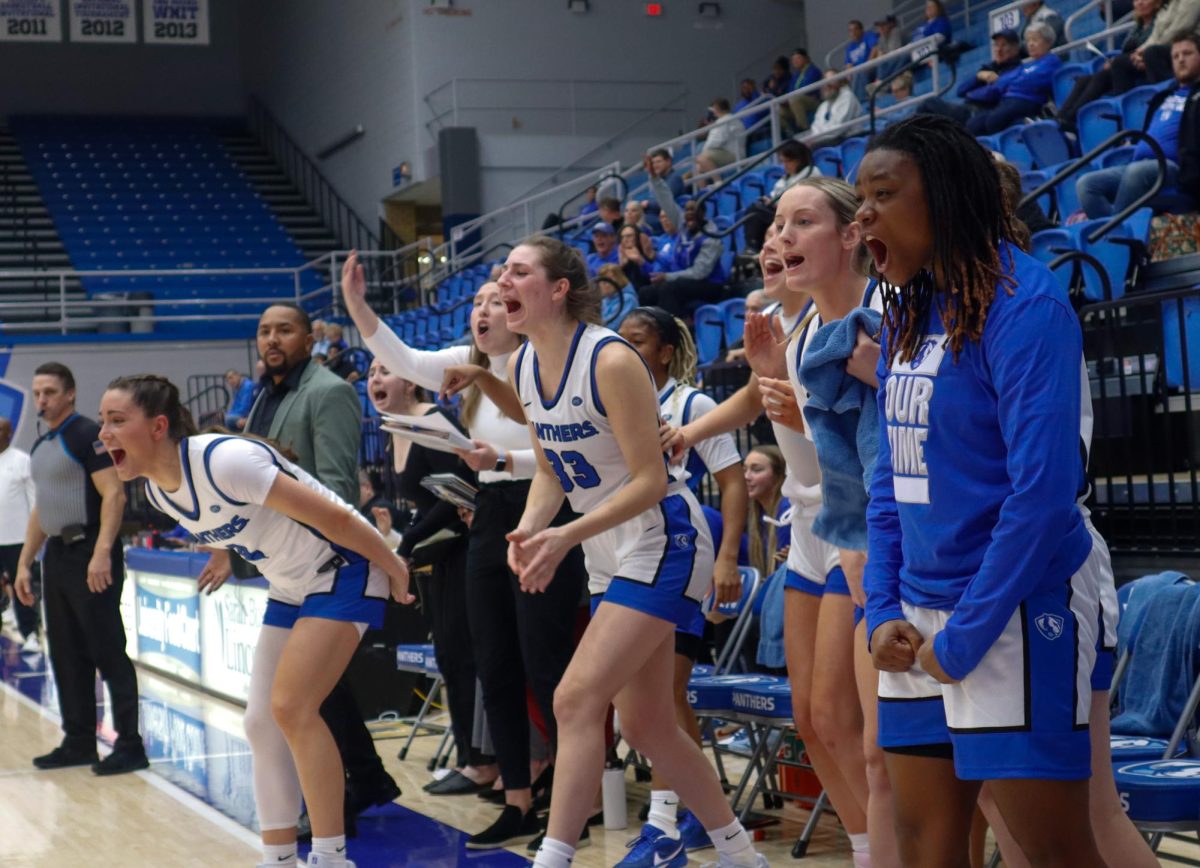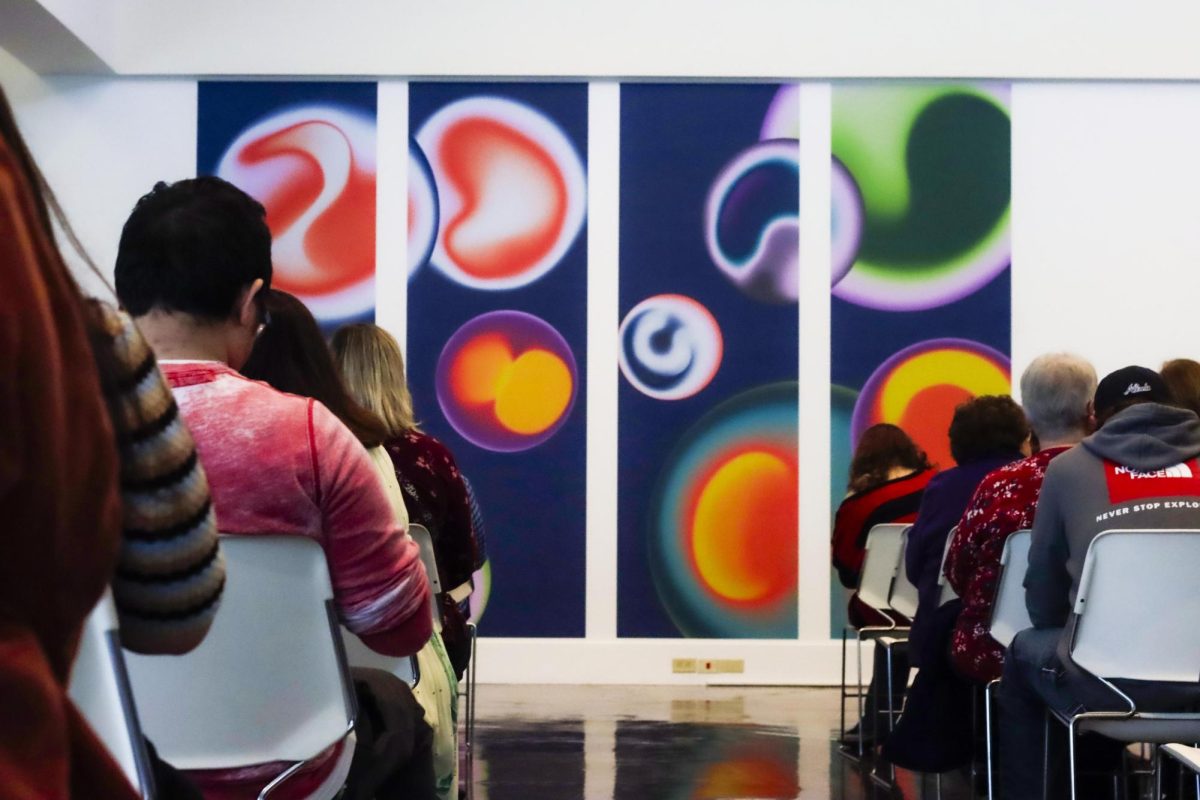Sober breaks reset drinking tolerance
As they line up at the bars to enjoy Charleston’s nightlife once again, students coming back from summer vacation might be worried that their alcohol tolerance is not what it used to be.
They’re right.
After a two-week break from alcohol consumption, depending on factors like the person’s weight, size or even genes, a person’s tolerance level can be completely reset, said Eric Davidson, director of the Health Education Resource Center.
This could actually be a good thing, according to Davidson.
“Tolerance really is a mask,” he said. “Regardless of tolerance, BAC (blood alcohol level) remains consistent.”
This means a person with a high alcohol tolerance will feel sober and think it’s safe to drive home when in actuality his or her BAC level could be higher than a friend who hasn’t had as many but feels and looks wasted.
“I would never drive after I’ve been drinking,” said Jenny Ryczek, senior English major, who knows that waiting an hour or two doesn’t always make it safe to drive.
BAC levels above .05 impair people’s judgement and .08 is more than the legal limit. At .10, a person’s coordination is seriously affected, according to a pamphlet available at the Health Education Resource Center.
Also, BAC levels can rise after a person has stopped drinking, when the alcohol in the stomach begins to circulate throughout that person’s bloodstream, Davidson said.
Alcohol is a problem on campuses nationwide, Davidson said. Students drink an average of 6.1 beers a week to relieve stress, to fit in with peers, to achieve that feeling of relaxation and euphoria and to become more outgoing in awkward social situations, he said.
“Students overperceive what their peers are doing,” Davidson said, which sometimes leads them to drink more than the average.
Davidson suggests having one to three drinks the first hour, depending upon a person’s size and weight, and maintaining the buzz by having one drink per hour after that.
People who consume more than five drinks in one setting are more likely to experience the negative effects that alcohol can have, such as a depressive state, physical injury or even things that come later such as behavioral and academic problems.
In other words, a break from compulsive, heavy drinking can do a body good. Except in a few cases where a person is chemically dependent on alcohol.
When a person is chemically dependent on alcohol, he or she drinks compulsively, during inappropriate times, cannot stop drinking after making an effort, has a high tolerance and can go through withdrawal in most serious cases.
Withdrawal can cause heavy sweats, insomnia, vomiting, trembling hands, seizures, a pulse rate higher than 100 and anxiety, Davidson said.
A lot of people say they do things at college they wouldn’t dare do at home.
“They don’t have a sense of ownership (in Charleston),” Davidson explained. “Less odds in getting caught.”
Studies have shown that some people continue these behaviors when they go home for the summer or graduate, but most quit drinking completely or just lower their alcohol intake, he said.
Ryczek said she doesn’t drink as much at home as she does at school.
“I’m not surrounded by as many party people,” Ryczek said. “You can get away with anything when you’re at school. (Sometimes) people get carried away with it.”
The people who do drink over the summer are usually unsupervised with plenty of free time on their hands, he said.
Emily Bahn, a senior family and consumer sciences major, doesn’t go out much while at school, because she takes a full load of classes, along with various projects and extracurricular activities.
“I drink more when I go home,” she said. “I have more time at home.”








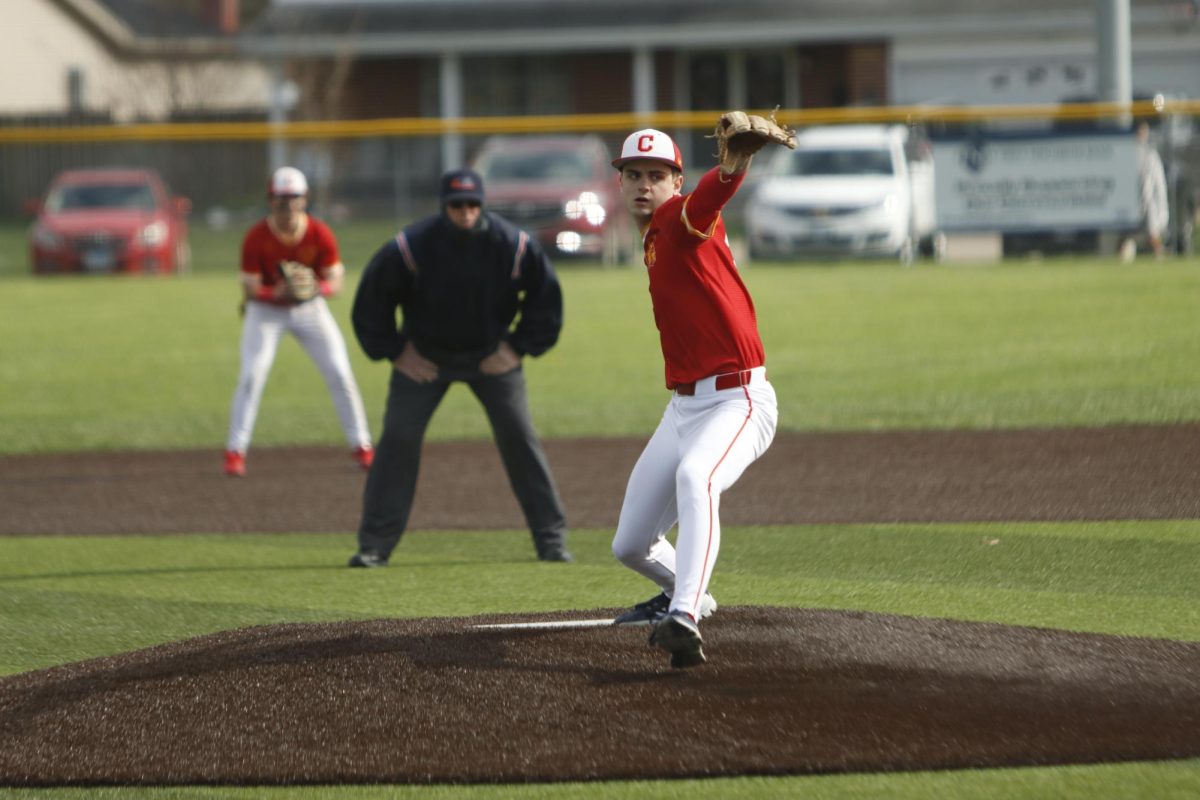








![[Thumbnail Edition] Senior Foward Macy McGlone, getsw the ball and gets the point during the first half of the game aginst Western Illinois University,, Eastern Illinois University Lost to Western Illinois University Thursday March 6 20205, 78-75 EIU lost making it the end of their season](https://www.dailyeasternnews.com/wp-content/uploads/2025/03/WBB_OVC_03_O-1-e1743361637111-1200x614.jpg)
